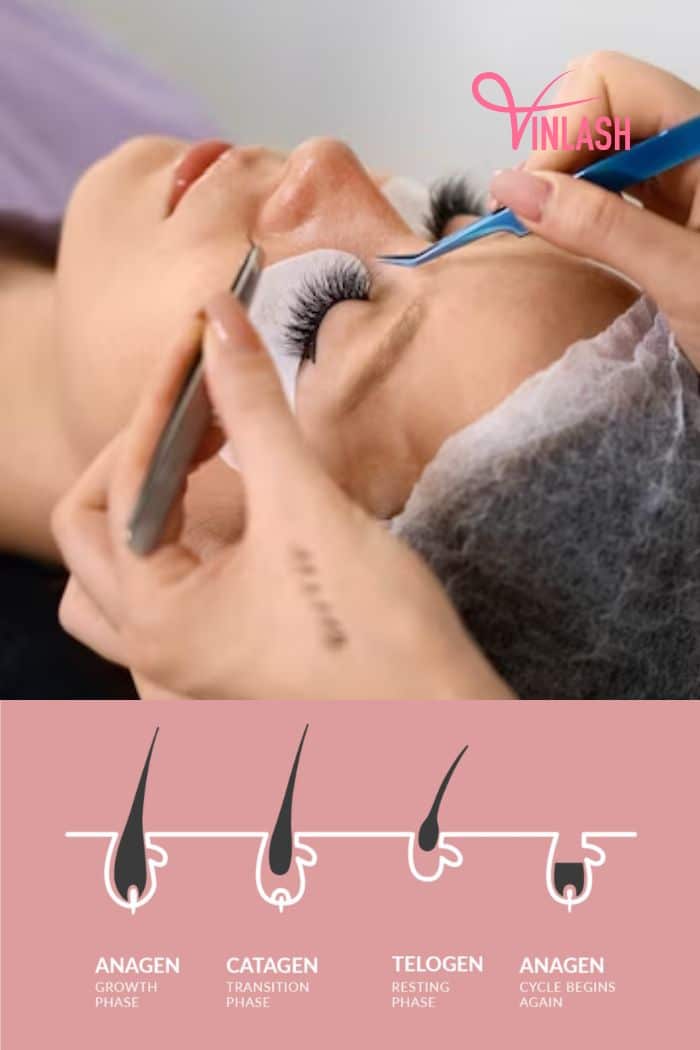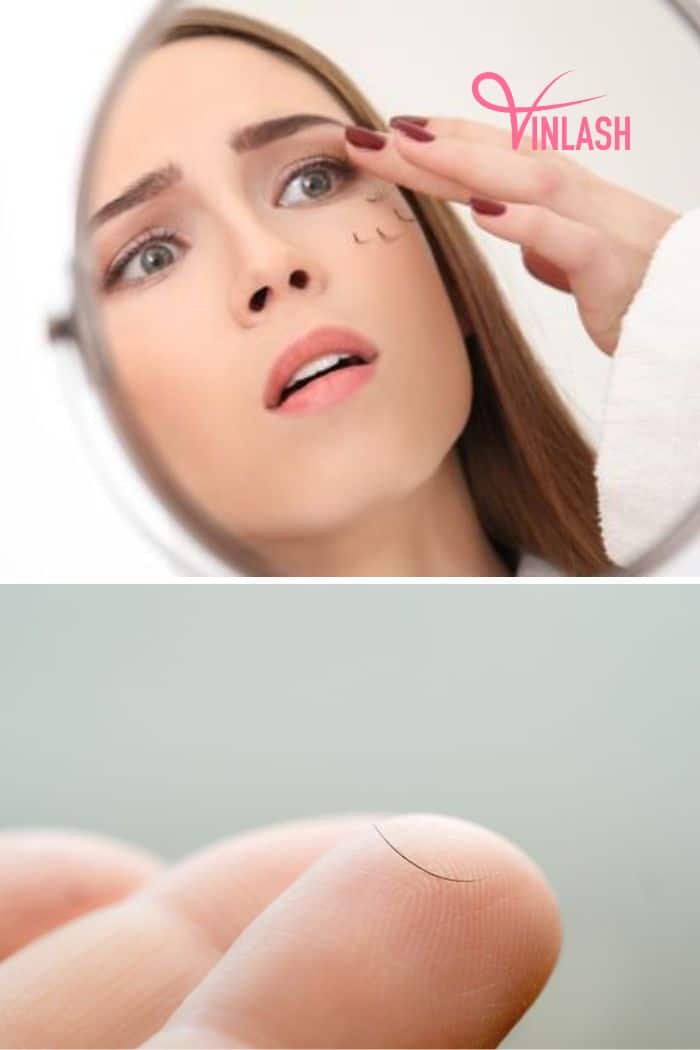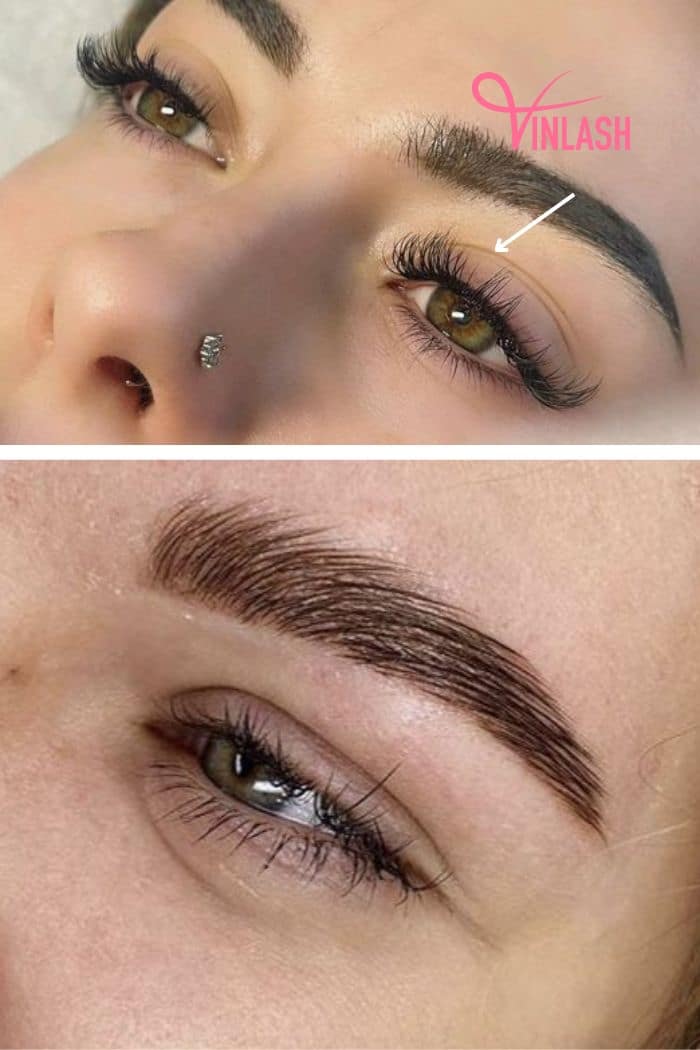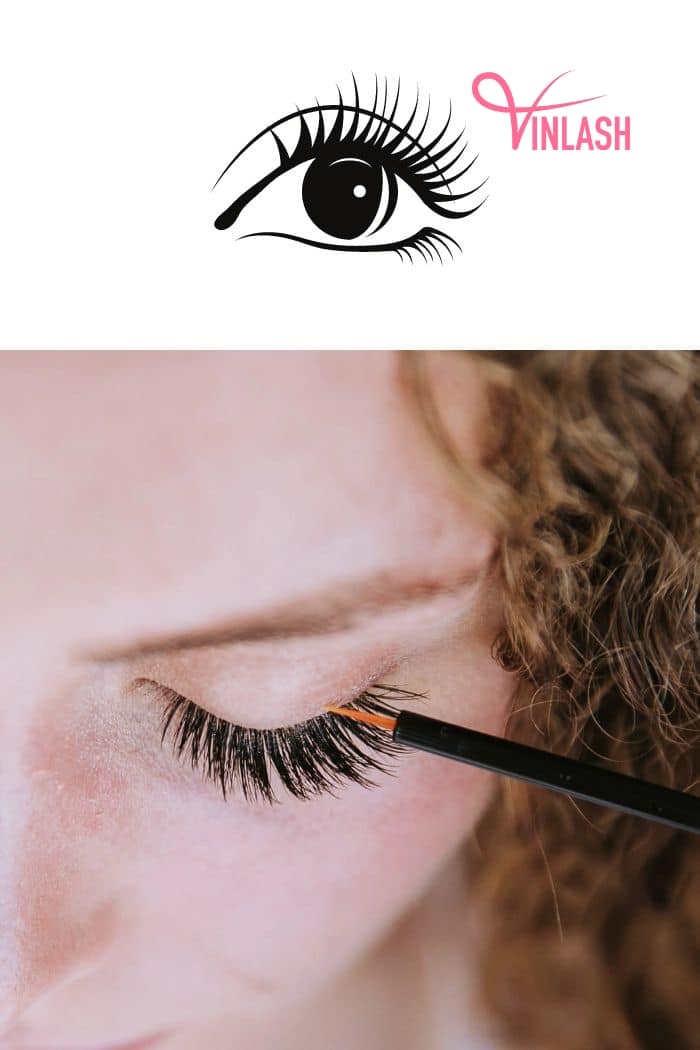A thorough understanding of lash shedding season is crucial for lash technicians to effectively manage lash extensions and ensure optimal client care.
Understanding the intricate nuances of eyelash growth and shedding cycles is not just a fundamental skill for lash technicians; it’s the cornerstone of providing exceptional service and maintaining the health of clients’ eyelashes. In this comprehensive guide, we will delve into the eyelash growth cycle, the intriguing concept of lash shedding season, and how these factors impact the world of lash extensions.
Contents
Understanding Lash growth cycle and Lash shedding season
Comprehending the eyelash growth cycle is fundamental for lash technicians. It enables them to time their extension applications effectively, educate clients about the natural shedding process, and provide tailored aftercare advice for maintaining healthy and long-lasting eyelash extensions. This knowledge not only enhances the overall experience for clients but also contributes to the success and reputation of lash technicians in the beauty industry.
Lash growth cycle
The eyelash growth cycle plays a pivotal role in the field of beauty and eyelash care, especially for professionals like lash technicians. Comprehending the intricacies of this cycle is crucial for effectively applying and maintaining eyelash extensions.

The eyelash growth cycle plays a pivotal role in the field of beauty and eyelash care
- Anagen Phase (Growth Phase): This phase typically lasts for about 30 to 45 days, although it can vary from person to person. Lashes are at their healthiest and most robust during the anagen phase, making it the ideal time for applying eyelash extensions. However, it’s essential to note that lashes are also most susceptible to damage during this stage.
- Catagen Phase (Transition Phase): This stage is relatively short, lasting only about 2 to 3 weeks. During the catagen phase, eyelash growth comes to a halt, and the hair follicle begins to shrink. If an eyelash falls out during this phase, it won’t regrow immediately. Clients may experience some extensions shedding during the catagen phase, and it’s essential to educate them about this natural part of the cycle.
- Telogen Phase (Resting Phase): The final phase in the eyelash growth cycle is the telogen phase, also known as the resting phase. During this stage, eyelashes are in a state of rest before eventually shedding naturally. The telogen phase, can also be regarded as lash shedding season, can last for several weeks, and it marks the completion of one full cycle before new lashes start growing in the anagen phase again.
Comprehending the eyelash growth cycle, with its anagen, catagen, and telogen phases, is fundamental for lash technicians. It enables them to time their extension applications effectively, educate clients about the natural shedding process, and provide tailored aftercare advice for maintaining healthy and long-lasting eyelash extensions.
Lash shedding season
Lash shedding is a fascinating phenomenon that aligns with the natural growth cycle of eyelashes, consisting of the anagen, catagen, and telogen phases.

Lash shedding is a fascinating phenomenon that aligns with the natural growth cycle of eyelashes
- Natural Cycle Alignment: Lash shedding season corresponds directly with the natural lash growth cycle, which includes the anagen, catagen, and telogen phases.
- Seasonal Coincidence: This phenomenon frequently occurs in sync with spring and autumn, periods noted for heightened lash shedding.
- Importance of Understanding: Grasping the connection between these growth phases and seasonal shifts is crucial for both lash technicians and individuals.
- Enhanced Client Care: Awareness and knowledge of lash shedding can significantly improve client communication and the effectiveness of care strategies.
For lash technicians, being aware of lash shedding is essential. Clients may notice increased lash shedding during these times and may have questions or concerns.
Understanding the phases of lash growth and their connection to seasonal variations can empower both lash technicians and individuals to care for their lashes effectively, ensuring they remain healthy and vibrant throughout the year.
How does lash shedding season affect lash extensions?
Lash extensions are a popular beauty enhancement, but they require understanding and adapting to natural lash cycles. Here is how lash shedding affects lash extensions.
- Increased Shedding: Many people experience increased lash shedding during certain times of the year, often in spring and autumn. This is believed to be a biological response to changes in daylight and weather.
- Impact on Extensions: During these periods of increased shedding, lash extensions may appear to fall out more quickly because they are attached to the natural lashes. As the natural lashes shed, the extensions attached to them will also be lost.
- Client Frustration and Concerns: Clients may become frustrated or concerned when they perceive that their lash extensions are not lasting as long as expected. Lash technicians should be prepared to address these concerns with empathy and education.
- Maintenance: Clients with lash extensions might need more frequent fill-ins during these lash shedding seasons to maintain the fullness and look of their extensions.

Lash extensions are a popular beauty enhancement, but they require understanding and adapting to natural lash cycles
By being informed and prepared, both lash technicians and clients can navigate these changes effectively.
Tips on seasonal lash shedding
As a lash technician, it’s essential to understand and adapt to the natural lash shedding cycles that your clients experience, especially during peak seasons like spring and autumn. Below are some valuable tips suggested by Vinlash Company to help you manage seasonal lash shedding effectively, ensuring that your clients continue to enjoy beautiful, healthy lashes all year round.
- Educate Your Clients: Inform your clients about seasonal lash shedding, especially during fall and spring when it’s most common. Explain that it’s a natural process and part of the hair growth cycle.
- Adjust Appointment Schedules: During periods of increased shedding, suggest more frequent refill appointments to maintain the fullness of the lashes. This helps in keeping the extensions looking their best.
- Use Lighter Lashes: Opt for lighter lashes during shedding seasons. Heavier extensions can weigh down on the natural lashes, potentially causing them to fall out faster.
- Monitor Lash Health: Keep an eye on the health of your clients’ natural lashes. If you notice excessive shedding or weak lashes, advise a break from extensions or recommend a lash serum to strengthen their natural lashes.
- Customize Lash Styles: Adapt the lash styles to the client’s natural lash condition. During lash shedding season, a more natural, less dense style might be more sustainable.
- Educate on Lash Shedding and Care: Inform clients about the natural lash shedding cycle and how to care for their extensions at home. Stress the importance of avoiding eye rubbing and using gentle, oil-free cleansers to minimize lash loss.
- Optimize Conditions for Lash Retention: Adjust the humidity and temperature of your workspace to suit the lash adhesive’s needs, enhancing better lash retention through optimal application conditions, especially during the lash shedding cycle.
- Update and Inform on Lash Health: Stay current with the latest lash care techniques and products, and educate your clients on best practices for maintaining healthy lashes, including insights on lash shedding facts and how often lashes naturally shed.
- Capitalize on Fall Lash Shedding: Implement promotions during the fall lash shedding season to encourage regular maintenance and exploration of new lash services, accommodating the increased rate of lash shedding.
- Monitor Lash Health Post-Appointment: Follow up with clients post-service to check on their extension’s condition and address any concerns, particularly focusing on how many lashes shed a day and offering advice tailored to their lash shedding patterns.

Tips on seasonal lash shedding
To wrap up, being proactive and knowledgeable about seasonal lash shedding is crucial for any lash technician. By educating your clients, adjusting service schedules, and offering the right lash care, you can significantly improve the lash extension experience.
>> See more:
- Mastering Lash Bridge Technique to Close The Lash Gap
- Expert-Level Lash Isolation Techniques for Stunning Results
Conclusion
In conclusion, being proactive and knowledgeable about lash shedding season is crucial for any lash technician. Remember, your expertise and guidance can make a big difference in how your clients perceive and manage their lash health during these shedding seasons. Keep learning, stay updated, and always strive to offer the best care for your clients’ lashes.


